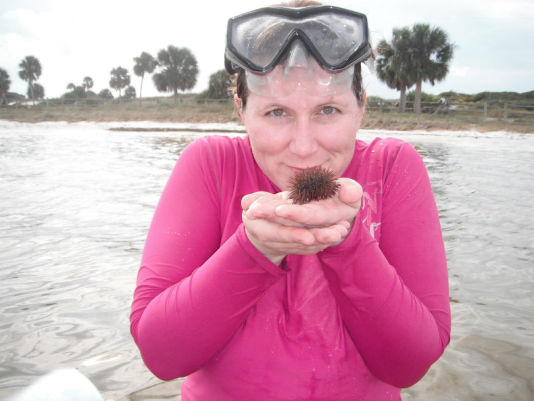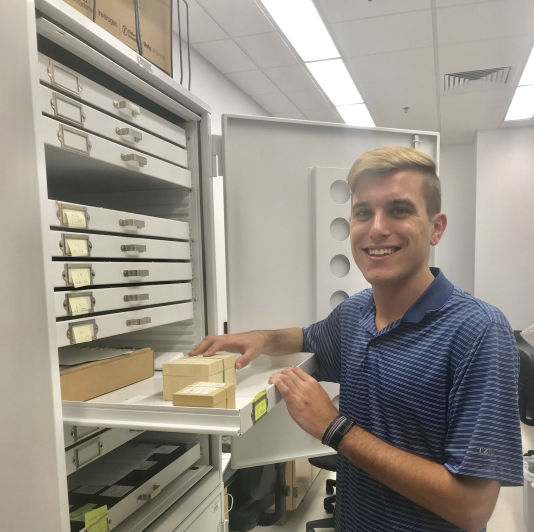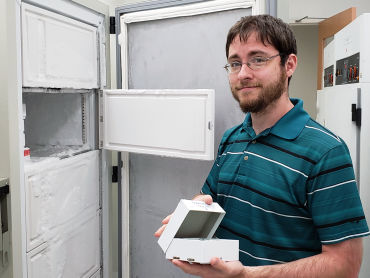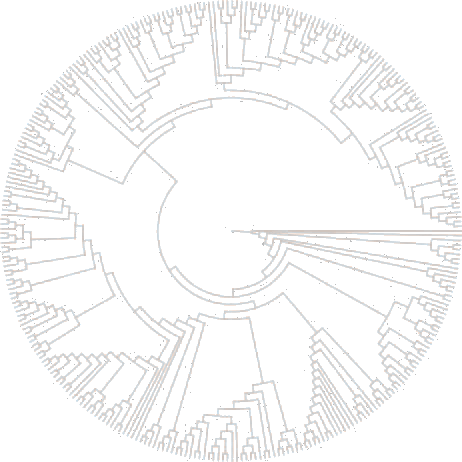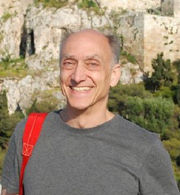
Scott Steppan
Principal Investigator
My fundamental goal is to understand the evolutionary processes that promote biological diversity. My research attempts to bridge the micro- and macroevolutionary scales and apply process based models to understand and explain large-scale patterns. To address this long term goal, my research program involves studying highly diversified groups of mammals at a range of hierarchical levels. Currently, my focus is on molecular phylogenetics and quantitative genetics. The techniques include phylogenetic analyses of morphological and DNA sequence data, comparative analyses of multivariate patterns of covariation, developing the comparative tools to test these multivariate patterns, analysis of geographic variation, and alpha level systematics of living and fossil material.
My fundamental goal is to understand the evolutionary processes that promote biological diversity. My research attempts to bridge the micro- and macroevolutionary scales and apply process based models to understand and explain large-scale patterns. To address this long term goal, my research program involves studying highly diversified groups of mammals at a range of hierarchical levels. Currently, my focus is on molecular phylogenetics and quantitative genetics. The techniques include phylogenetic analyses of morphological and DNA sequence data, comparative analyses of multivariate patterns of covariation, developing the comparative tools to test these multivariate patterns, analysis of geographic variation, and alpha level systematics of living and fossil material.


